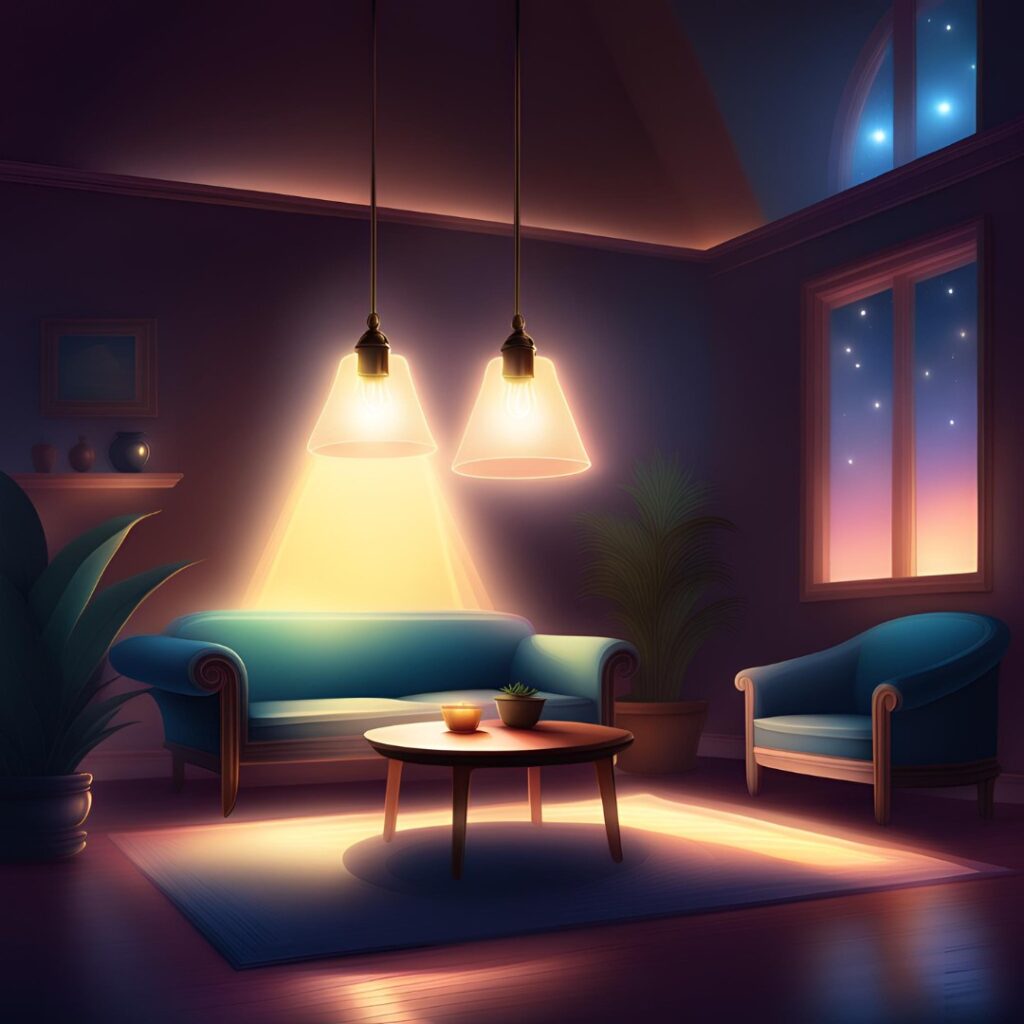Lighting is often the unsung hero of interior design. It has the power to transform a space, setting the mood and enhancing its overall aesthetic. By understanding the nuances of lighting design, you can create captivating and functional spaces that resonate with your personal style.
The Importance of Lighting
- Setting the Mood: Different types of lighting can evoke various emotions, from calm and serene to energetic and exciting.
- Highlighting Architectural Features: Strategic lighting can accentuate unique architectural elements, such as vaulted ceilings or exposed brick walls.
- Enhancing Functionality: Proper lighting in task areas like kitchens and home offices can improve productivity and reduce eye strain.
Types of Lighting
- Ambient Lighting: This provides overall illumination for a room, creating a general sense of brightness. Common sources include ceiling fixtures, recessed lights, and floor lamps.
- Task Lighting: Designed to illuminate specific areas where tasks are performed, such as reading, cooking, or working. Desk lamps, under-cabinet lights, and pendant lights are examples of task lighting.
- Accent Lighting: Used to highlight specific features, like artwork, plants, or architectural details. Track lighting, spotlights, and wall sconces are commonly used for accent lighting.
Creating Different Moods with Lighting
- Relaxing Atmosphere: Soft, warm lighting, such as dimmable pendant lights or table lamps, can create a cozy and inviting ambiance.
- Energetic Space: Bright, white light from recessed lighting or track lighting can invigorate a room and promote productivity.
- Dramatic Effect: Dramatic lighting techniques, like uplighting or downlighting, can create a sense of drama and sophistication.
Tips for Effective Lighting Design:
- Layer Your Lighting: Combine different types of lighting to create depth and dimension.
- Consider the Color Temperature: Warm white light is ideal for creating a cozy atmosphere, while cool white light is better for task-oriented areas.
- Dimmers: Incorporate dimmers to control the intensity of your lighting and adjust the mood.
- Natural Light: Maximize natural light by using sheer curtains or blinds.
- Professional Consultation: Consider consulting with a lighting designer for expert advice and tailored solutions.
By thoughtfully planning and implementing lighting design, you can elevate your interior spaces and create environments that are both beautiful and functional.

